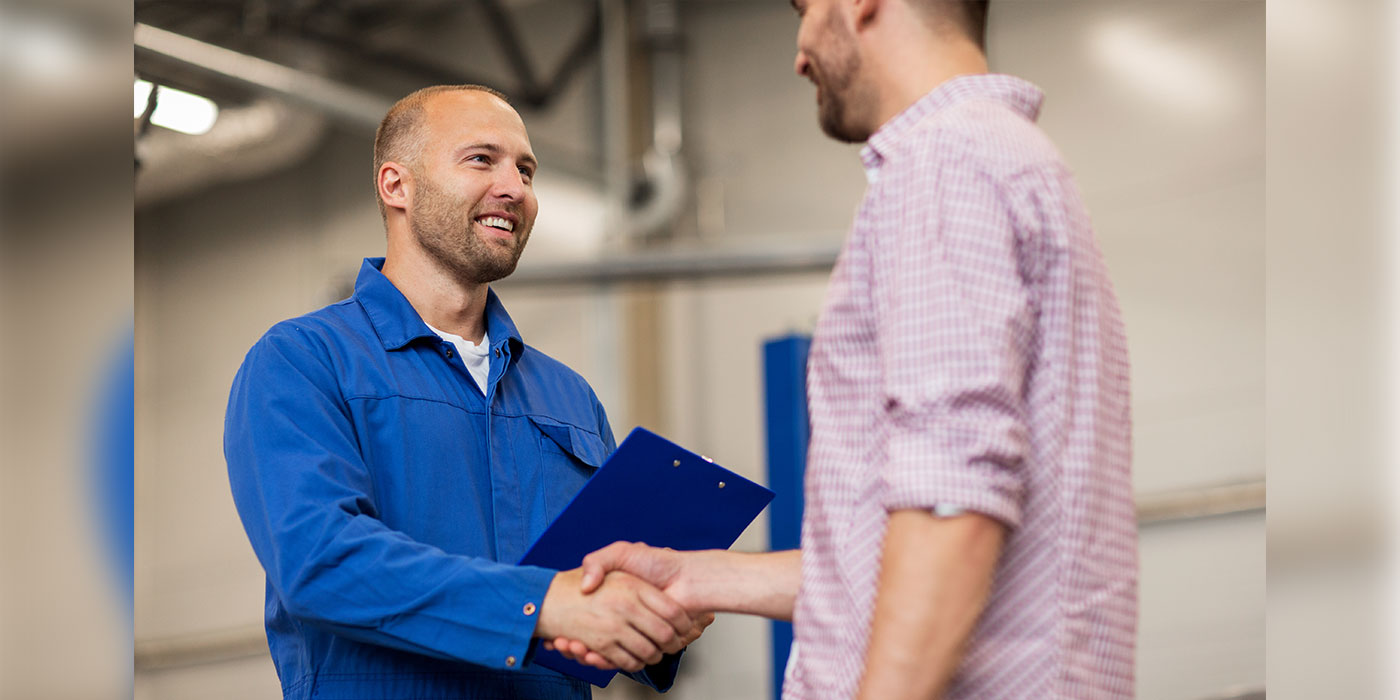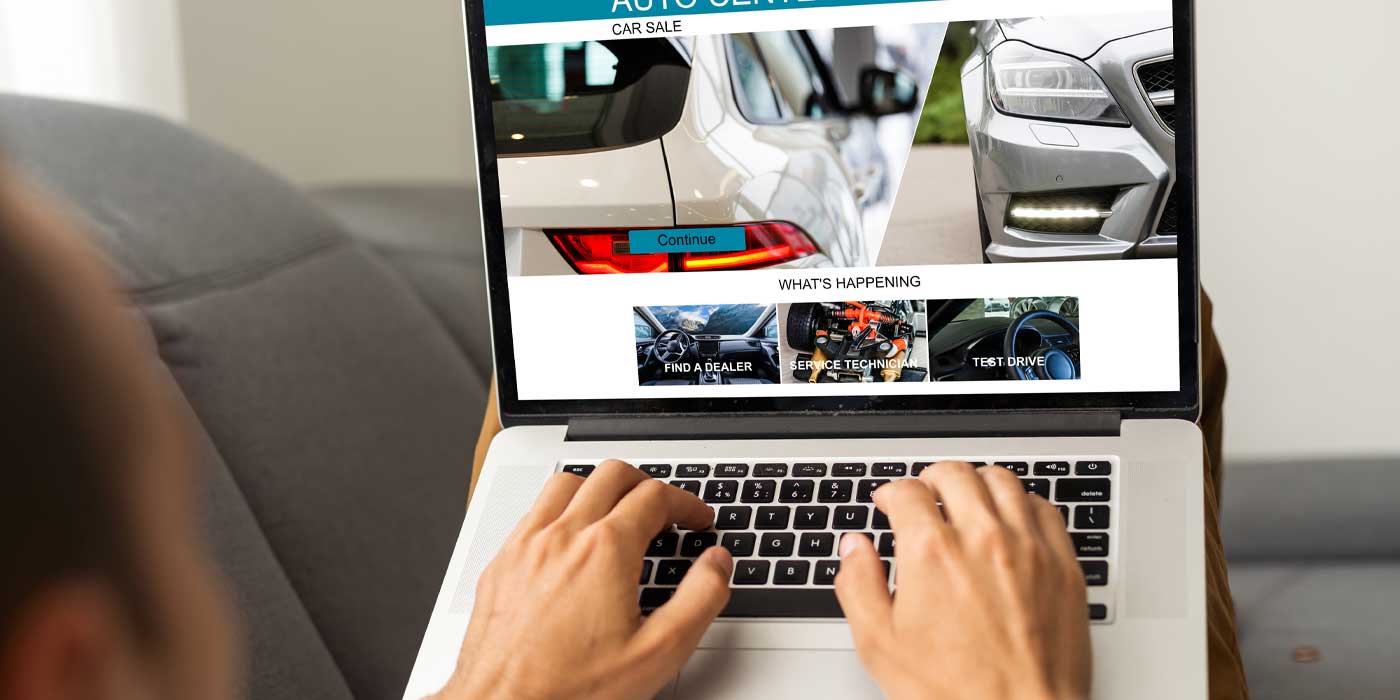By Tim Yalich, head of Auto Strategy for Wolters Kluwer
Today’s era of digital retailing and digital finance continues to evolve, and the dealerships and lenders that have been the most successful with digital transformation understand that the complete process doesn’t just take place in the F&I office. The relationships between dealer and lender thrives with digital because they have the same goal: to establish a stronger and more complete customer experience through the help of digital finance technology.
Digital platforms give shoppers more control and transparency, and dealers and lenders that use technology to their advantage have a leg up on the competition through more efficiency, reliability and aversion to risk of losing paper-based documents.
Digital Retailing Isn’t Just at the Consumer Level
However, the vast majority of consumers only think of digital retailing for the consumer-facing portion of the transaction, and the truth is that the best way for digital retailing to work efficiently is when all back-office functions between dealer, lender and all service providers are also digitized.
However, therein lies the challenge of today’s automotive industry. Many dealers and lender partners are still paper-based with these back-office functions, and a recent industry survey further illustrated the challenges and barriers to full adoption.
For example, approximately 37% of automotive professionals said they would like to build in back-office automation but are unsure how to accomplish; another 24% said they would like to but have not found the right partner.
Leveraging Digital Finance to Increase Efficiency and Reduce Errors
Nearly a third of respondents said they are still unsure if eContract or eSign solutions will expedite the transaction process. This is interesting since 74% said it takes greater than 30 minutes to complete a sale when a customer has to sign traditional physical paperwork; and 76% said it takes between 10-20 minutes when the customer signs documentation using e-sign or digital signature. Furthermore, 38% said a “little less than half” of all deals contain errors or mistakes due to manual or paper processes.
As the next phase of automotive transformation happens, what will surface is an awareness of more improvement needed throughout the journey, particularly around paper used in the transaction. The increased use of digitized resources will ultimately add the necessary automation to all workflows, increasing efficiency and reducing errors.
We still have a very paper-driven culture in automotive, which slows down the overall process and increases opportunities for unwanted errors at any phase of the transaction. We now need to shift focus to digitization for more automation throughout the process, with robust tools that are built around e-signature, e-contract and e-vault solutions for a complete end-to-end solution that helps all automotive professionals throughout the value chain.
Eighty-five percent of automotive professionals said they either plan to adopt more digital finance tools this year or have plans to better understand and find the right partner for implementation.
These tools are important because they allow for improved visibility of assets, quick expansion of the investor and lender pool, agility, and the ability to scale quickly and dynamically.
Having the Right Digital Tools Helps Everyone Involved
It also provides the assurance of legal and regulatory compliance, enabling lenders to securely manage digital assets throughout their entire post-execution lifecycle through an electronic collateral control agreement.
This advanced process will offer centralized data management across an entire portfolio, allowing automotive professionals to view metadata across various origination channels and asset classes.
What’s more, it will help to control and track access, manage status changes, and transfer control of digital documents while utilizing sophisticated granular controls and permissions to allow for departmental separation and visibility. All of this will result in improved speed and process efficiency, and for lenders particularly it will free up capital through syndication, sale or securitization.
Having a customer-centric mindset throughout the dealership and lender portfolio is key to a successful digital strategy, with the fundamental belief in that what’s best for the customer is what’s best for the dealer and lender. Dealers and lenders that are willing to leverage digital tools that integrate finance options earlier in the sales process not only have more success, but also generate greater profitability.
Only when the digital retailing system is complemented and supported by fully digitized back-office functionality will digital retailing completely bear the fruits of all this labor.
About The Author: Tim Yalich is head of Auto Strategy for Wolters Kluwer, a global provider of professional information, software solutions and services for the automotive and auto lending industries. For more information, visit www.wolterskluwer.com.














